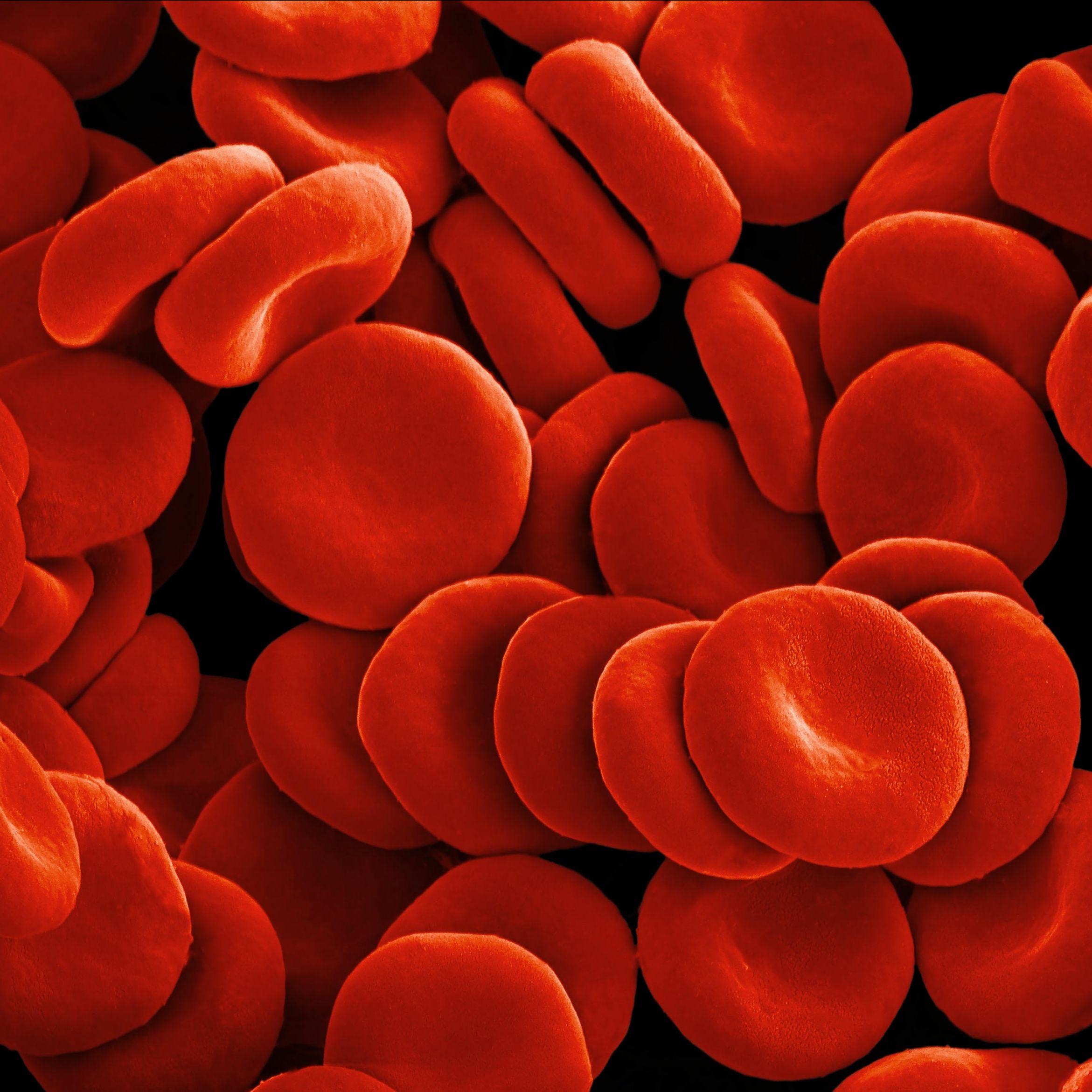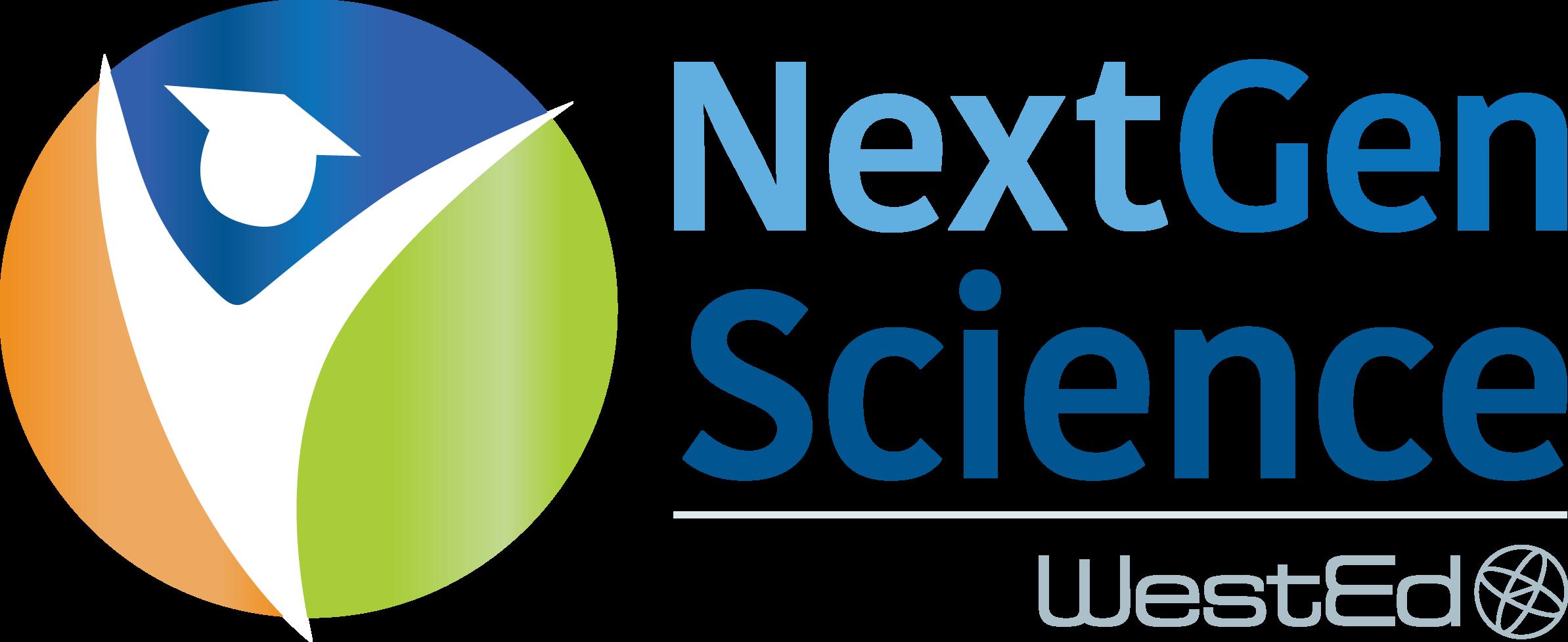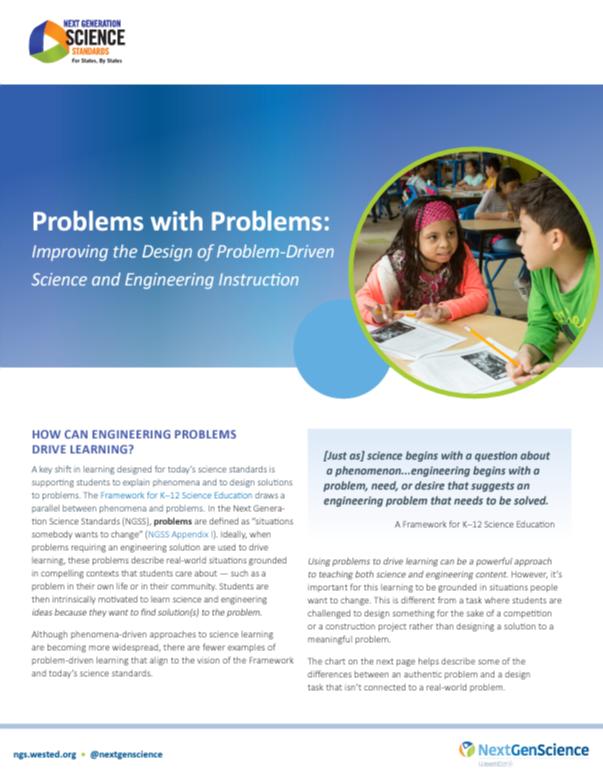10 things to know in April 2023
Ten Years of the NGSS! In this special edition of NGSS Now, we’re celebrating the ten year anniversary of the Next Generation Science Standards, which were released April 9, 2013. We’re sharing resources — old and new — that connect to some of the biggest takeaways the field has had rolling out these and similar rigorous learning goals across the country
1 Providing Example Instructional Materials: New Quality High School Unit Posted

Over the last ten years, the field has learned about the features of high-quality science instructional materials, and their importance in making the shifts in classrooms that today’s science standards demand. In this time, over 50 lessons and units have been posted on nextgenscience.org as quality examples for the field to use and learn from. Each of these examples is also linked on the corresponding standards pages the example aims to address.
In a quality high school unit posted this month, students investigate the fictionalized case of Hina Marsey, an eleven-year-old girl who is diagnosed with a form of leukemia. They explore the effect mutations can have on cells as they divide and differentiate, how cancer can disrupt our body’s systems, and how science is used to develop treatments and cures.
See the free Fred Hutchinson Cancer Center unit and corresponding EQuIP Rubric for Science evaluation report posted in April 2023 here. It is also linked on the standards pages for HS-LS1-1, HS-LS1-2, and HS-LS1-4

2 Supporting Student Motivation: New Blog Post
Research indicates that student motivation and engagement in science is key to successfully meeting the rigorous expectations of today’s science standards. A new On the Same Wavelength blog post shares five design principles for supporting this motivation. The authors share strategies from the MPLANS professional learning experience, a research-based program that aims to enhance teachers’ knowledge about how to support student motivation and engagement.

See the NextGenScience April 2023 blog post here
3 Examining Data: 2022 K–12 Science Data Snapshot

Instructional materials are critical to achieving equity in the science classroom because they have a huge impact on learning experiences and outcomes for students, particularly those living in poverty and from non-dominant communities. This EdReports resource shares data about how science teachers perceive their own instructional materials — particularly when it comes to culturally relevant content and supporting the needs of a diverse student population. It also discusses important factors that influence the use of quality materials, such as ongoing access to curriculumaligned professional development.
Read the EdReports 2022 Data Snapshot here
4 Incorporating Research: Engineering in Preschool Through Elementary

Grades
Researchonscienceteachingandlearningplaysasignificantroleinsupportingall studentsinengaginginanequitableandinclusivelearningexperience.Implementing researchfindingscanleadtomeaningfuloutcomesincludingresources,tools,and strategiesthatcanimprovescienceteachingandlearninginthefield.
Science in elementary schools often comes with many challenges — instructional time, several demands placed on teachers, a lack of resources and infrastructure — but it is an essential time for students to be developing identities as scientists and engineers. The recent National Academies consensus study identified approaches and strategies that can be used by education leaders at all levels to ensure all children are provided with high-quality learning experiences.
Read more from the 2021 National Academies report here, and more research in the past ten years about science education here.
5 Analyzing Assessments: Task Annotation Project in Science
High-quality aligned assessments are an important signal and tool to effectively monitor student learning and generate better science outcomes. The Task Annotation Project in Science (TAPS) sought to clearly illustrate what it looks like to ask students to demonstrate progress toward three-dimensional standards. The project resulted in a suite of resources, including annotated examples of assessment tasks for elementary, middle, and high school, as well as a series of short resources that highlight the major takeaways across the whole project.
See the 2019 suite of resources here, and other assessment resources here.
6 Developing Leaders: Framework for Leading Next Generation Science Standards Implementation

Thisframeworkprovidesavisionforwhat leadersneedtoknowandbeabletodo toleadNGSSimplementation,including keyareasoflearningforleaders,critical actions,andtheroleofdatatoinformand revisestrategy.
Readthe2017resourcefromWestEd here.
7 Elevating Students’ Cultures and Backgrounds: Tools for Inclusive Teaching and Learning
STEM Teaching Tools includes a collection of briefs that share research, resources, and strategies for incorporating students’ cultures, backgrounds, and experiences in their science classrooms. The tools provide many strategies to elevate students from marginalized communities, particularly, indigenous students and emerging multilingual learners.
See the STEM Teaching Tools collection here
8 Supporting Educators: Science Professional Learning Standards
The Council of State Science Supervisors developed the Science Professional Learning Standards (SPLS) to support science educators to make informed decisions about the features of quality professional learning experiences. These clear expectations can guide the evaluation and improvement of professional learning experiences that are sustained and coherent.
Read the 2018 SPLS here.
9 Centering Instruction on Sense-making: Problems with Problems

Over the past decade, classroom instruction has started to shift from learning about science to figuring out the cause of phenomena. The field now has many resources on driving instruction with phenomena. However, today’s science standards also represent a commitment to raise engineering design to the same level as scientific inquiry when teaching science at all grades K–12, including supporting students to learn and apply the three dimensions while solving real world problems. A 2021 resource provides examples and guidance on what it can look like to drive instruction with engineering design problems.
Read the 2021 NextGenScience resource here


10 Monitoring Progress: Implementation Indicators of Today's Science Standards
Change is a process that must be managed — it does not occur instantly or without great, sustained, and intentional effort. Monitoring progress is an essential component of that work. This resource provides some key common indicators of successful NGSS implementation at the district level, as well as some concrete actions that districts can take to achieve implementation goals.
See the 2017 Achieve resource here

Copyright © 2023 NextGenScience, All rights reserved.









